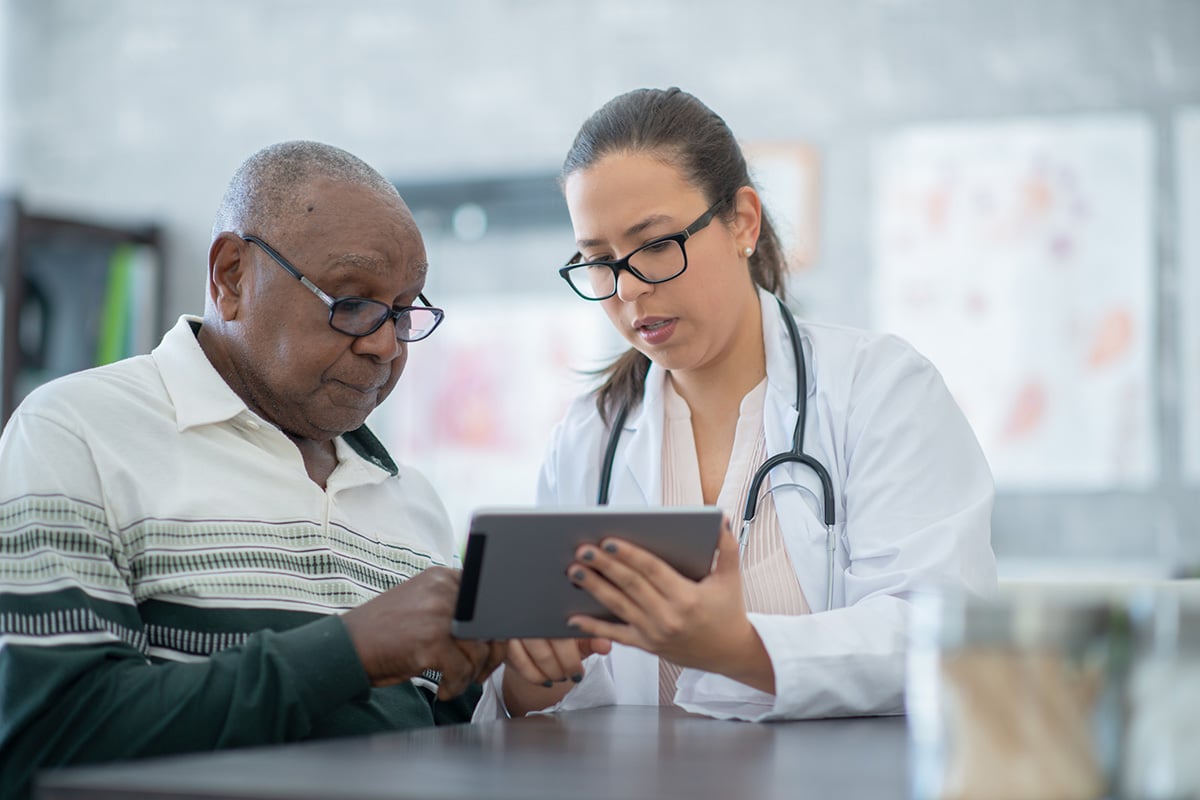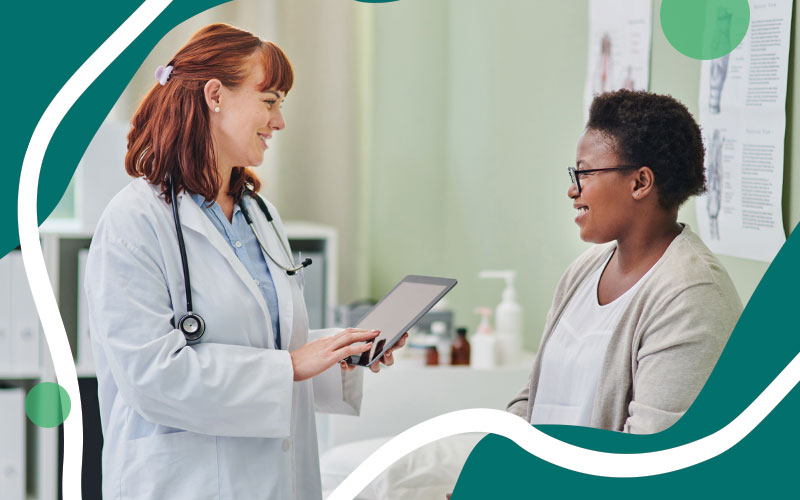
Sometimes, despite your best efforts, your ED becomes a revolving door of the same patients. Not because of treatment issues, but because of care inequality issues.
At Ozarks Healthcare, we serve a community where 23% of the population lives below poverty level, and many residents are uninsured or on Medicaid/Medicare without supplemental insurance. Too often an inability to pay or a lack of reliable transportation to the pharmacy can prevent these patients from getting the medications they need, when they need them.This is why we first launched our Meds to Beds program in 2012. The initiative was designed to supply patients with medications at discharge, so that upon leaving our facility they had a supply of medications in hand. At that time, our organization did not have e-prescribing, so medication lists were not reliable and prescriptions were often called into the outpatient pharmacy. The delays that ensued made it difficult to get patients their medications on time for discharge.
The key for us was getting the right resources and technologies together to make this program a success. By 2019, our Transitions of Care team took the lead in making a real difference for these patients, through teamwork and with the help of our MEDITECH Expanse EHR.
To ensure both timely medication delivery and verification of insurance coverage, we knew that the time to begin planning for discharge was upon arrival. First, we assigned Pharmacy technicians to our ED to reconcile home medications and to discuss our Meds to Beds program with patients. We also trained our floor nurse to do the same for those patients whose medications were not reconciled prior to admissions.
Since we went LIVE with MEDITECH Expanse, we’ve had a single EHR across our acute, ambulatory, ED, and inpatient Pharmacy settings, along with more advanced medication reconciliation functionality and e-Prescribing. We also have an indicator on our Expanse status boards, allowing providers and clinicians to see whether home medications have been reconciled. This makes it easier to communicate across care teams and ensures we have an accurate account of a patient’s medications.
Our process has always been very much dependent on collaboration. Pharmacy technicians, nurses, physicians, therapists, and case managers all work together throughout the patient’s stay to ensure their needs are addressed and that patient discharge information is entered as soon as it is known. This includes daily “Heart to Heart” rounds to identify any obstacles (such as lack of transportation or financial hardship) that could prevent a patient from getting their medications.
Our staff work with patients to help make their medications more affordable by checking for coupons for cardiovascular, anticoagulant, and antibiotic medications, and exploring 340B eligibility options. Pharmacy technicians also use secure messaging to communicate back and forth with physicians on less costly alternatives that may meet their insurance coverage.
For those eligible patients who choose to participate, discharge medications are sent electronically to our outpatient pharmacy and later delivered to our hospital. This probably remains our biggest obstacle today, as our outpatient pharmacy is off campus and is not 24/7, so some of our more vulnerable patients fall outside the delivery window. But we will soon be moving our outpatient pharmacy closer to our hospital and anticipate that this will cut down on that transport time and increase the availability window.
Upon delivery, medications are given to the patient in a branded cooler bag so the patient can easily bring the medication back to their next appointment, which is a big win for us at a low cost. The bag also includes a branded pill dispenser and general information card for community-related programs.
Prior to patient departure, our pharmacist reviews medications, associated diagnosis, side effects and things to watch for with the patient. A nurse is also available to answer any questions they may have. iPads are used for billing at the bedside, since our outpatient pharmacy uses another vendor system.
Since launching the Beds to Meds program, our clinicians have been seeing fewer repeat patients in the ED. Those that do return typically do so after a month when their initial prescriptions have run out — so there is still more work to be done if we truly want to help our patients get better access to care.
Most importantly, this program has opened our eyes and hearts to the community we serve. One of my nurses recently recalled a teary-eyed patient who had just gotten a job after getting out of prison. She didn’t have insurance yet and couldn't afford her medications. We connected her with the 340B program, secured her charity resources through our organization, and she got her medications upon discharge.
This experience showed her that there were people in healthcare looking out for her, providers who truly care. It’s little things like that which can make a huge difference in people’s health and in their lives, too.
Check out our podcast to hear discussions with industry thought leaders on key topics such as healthcare equity and digital transformation.




